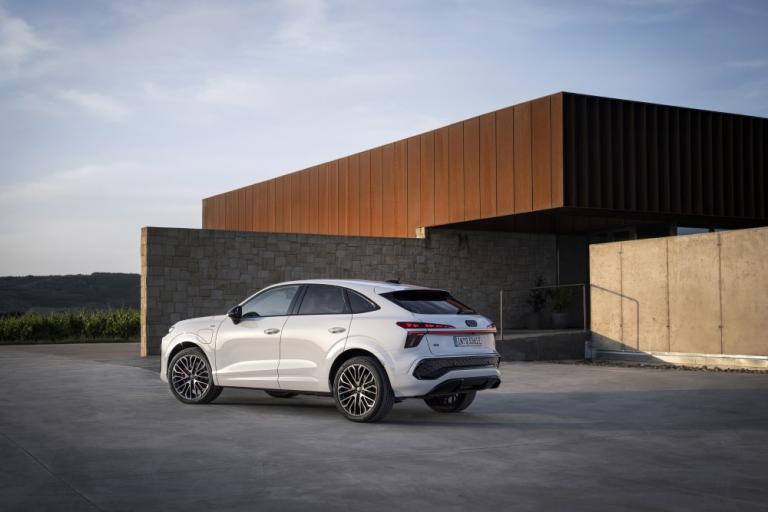Review: The BMW X1 blends good driving dynamics, sharp styling and practicality
Published on 27 November, 2022
Overview
With the cost of living only rising, you’d imagine more motorists would be downsizing in a bid to reduce their motoring costs — but instead it seems the small affordable car is becoming less popular.
Ford recently confirmed the end of its long-running Fiesta model. Despite selling more than 22 million of the cars globally since its launch in 1976, Ford is axing the Fiesta in favour of electric alternatives.
The reality, though, is that making a small car that is affordable to customers and profitable to car makers is becoming less viable as EU emission targets squeeze car-makers’ profits and the demand for safer vehicles increases.
But the main reason is our cars are getting bigger as buyers move away from hatchbacks and saloons, opting instead for larger SUVs and crossovers.
Back in 2009, BMW was busy filling niches and even, at times, niches within niches when they launched a host of various-sized crossovers and SUVs including this week’s test car, the X1. Now in its third generation, it no longer looks like a BMW 1 Series on steroids and is slightly bigger than the previous model.
Sporting a more a distinctive design and larger proportions, it features the signature BMW X model styling at the front and rear ends. Climb inside and there’s little to disappoint. The key elements of the cabin are the slender instrument panel, the BMW Curved Display, the smartphone tray and the new BMW Operating System 8. Everything is easy to find and use.
It’s also one of the most spacious cars in this class, particularly in the rear, which will fit three adults. The 540-litre boot stretches to 1,600 litres with the seats folded.
On the road, it handles better than many rivals and feels sporty and agile — but, be warned, it’s very firm and at times feels almost harsh. Powering the range are petrol, diesel and plug-in hybrid options and for the first time an all-electric version is offered, the BMW iX1.
The X1 scores well where it matters in a family car and achieved the full five stars when crash tested by the Euro NCAP. Among the many safety-innovations features is an active engine compartment lid which is designed to reduce the risk of injury to pedestrians and cyclists.
Buyers get a choice of five models: Sport Premier, xLine Premier, xLine Premier Pro, M Sport Premier, and M Sport Premier Pro. Prices start from €46,415 and this compares well with rivals such as the Audi Q3 (€43,730), Range Rover Evoque (€66,270), Volvo XC40 (€51,440) and Mercedes GLA (€47,135).
When it comes to cars, it’s hard to argue that big is necessarily better but in the X1’s case bigger is certainly an improvement. Thanks to those extra dimensions this compact SUV has room for all the family. Inside, it’s more practical and spacious. It also drives well.
But it’s not cheap and, while the entry-level model is on a par with competitors, as you move up the trim options, it becomes expensive. But if you’re looking for a BMW that rewards the driver as well as the passengers, then the X1 should be on your list.
Star rating: 4/5
Under the bonnet
BMW X1 xDrive 23i M Sport Premier Pro
Starting price: €46,415 (as tested €76,272)
Engine: 1,998 cc; four-cylinder in-line petrol engine, 48v mild hybrid technology
Transmission: Seven-speed Steptronic transmission with double clutch
Co2/Motor Tax: 134-140g/km/€280
Economy: 6.5l-7.2l/100 km
Review: The Mégane E-Tech dazzles with its kerb appeal, while delivering range and value for money
Review: The elegant electric C40 Recharge is the safest Volvo ever — but it comes at a high price
Latest Reviews

Joe Norris Motors Named First Leapmotor Dealer in Ireland

Leapmotor T03 EV launches in Ireland this October from €18,950 with 265km range

All-New Audi Q3: Sporty, Smart & Built for Everyday Life